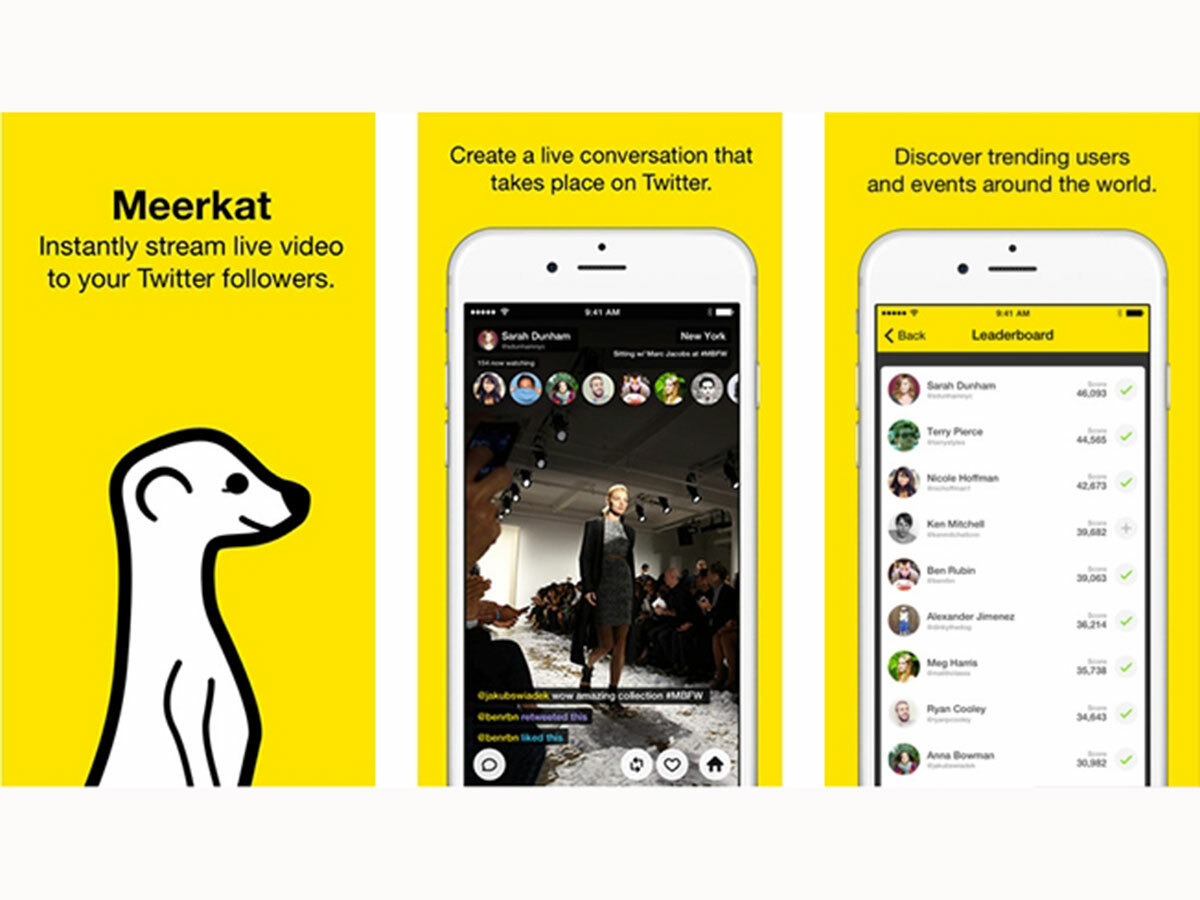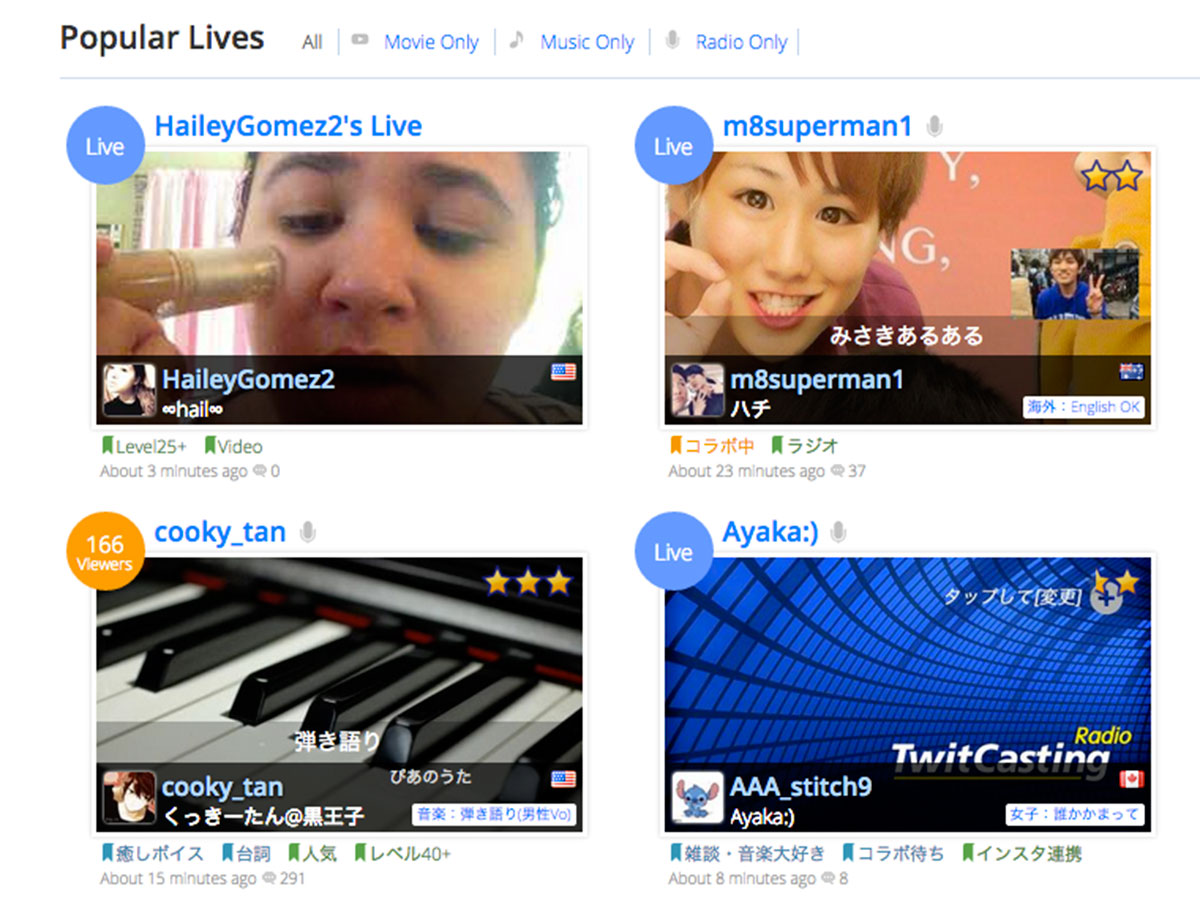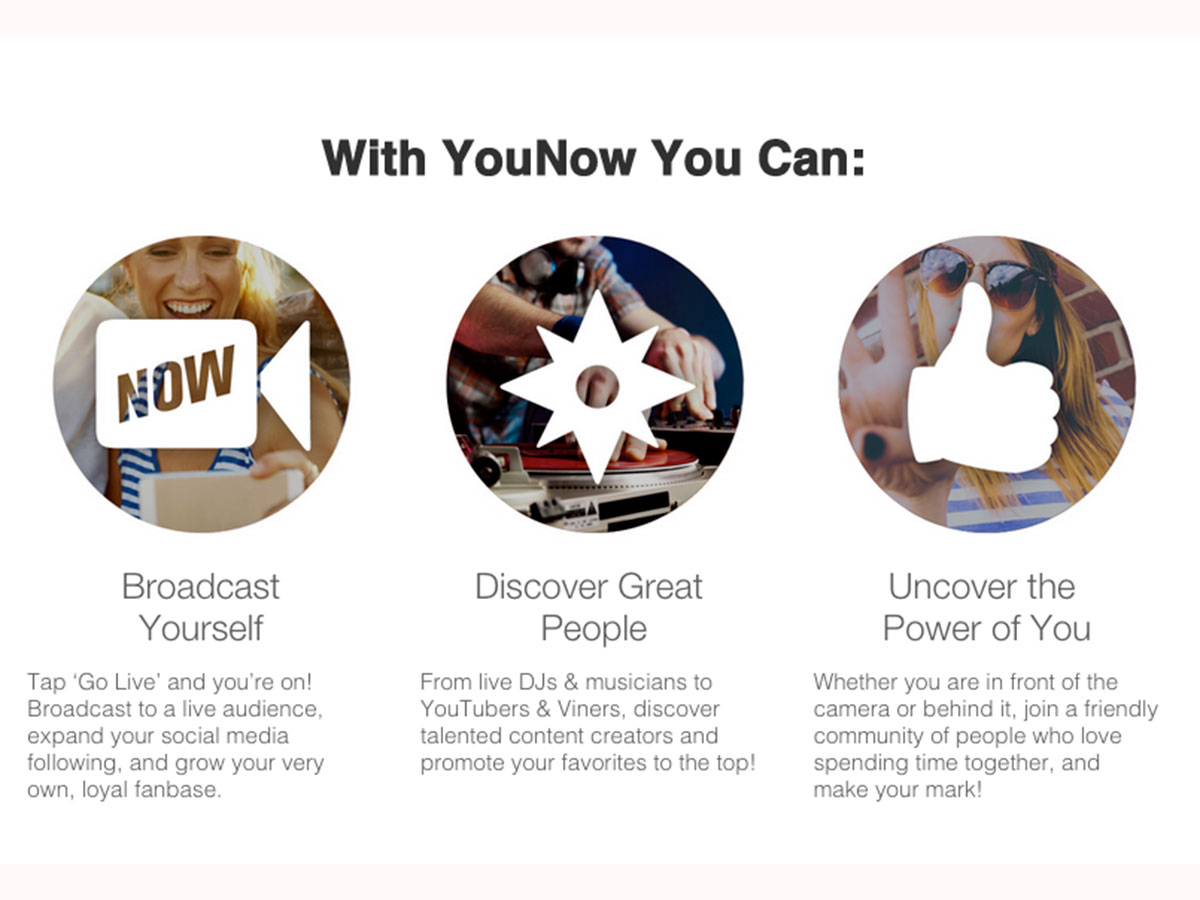Drop everything and download: Periscope
Twitter’s broadcasting platform is personal, immediate and sometimes thrilling - but also often really boring

It’s not often that a new social network that’s worth a damn emerges, but with Periscope it feels like that’s exactly what’s happening.
Twitter’s video broadcasting platform combines the personal connection and instancy of its mother brand with the irresistibility of video.
Two weeks into its public availability, people are still exploring what it’s capable of and what the implications are for the way we communicate, but even at this stage it’s clear that the possibilities are very, very exciting.
As a discerning tech fan and lover of all things new, you need to give it a try – but before you do, here’s what you need to know.
What is Periscope?

It’s a live-streaming app – iOS-only for now – that lets you broadcast whatever your phone’s cameras are seeing (and microphones are hearing) across the webwaves.
Nothing particularly new there – Qik‘s been doing it since the mid-noughties – but Periscope is easy to use, robust and has a killer feature: Twitter integration. This means anyone on Twitter (on iOS) can start Periscoping in seconds, and anyone who follows them (and has downloaded the app) can easily tune into their Periscopes and comment on them. And if you set up notifications, your home screen will alert you whenever someone you follow on Periscope is live. Thanks, Periscope!
Commenting is one of the neatest features of the service: it allows you to converse in real time with the Periscoper, so you can ask questions and make comments that they can react to. You can even guide what you’re seeing, telling the Periscoper to "film more to the left" or "concentrate on the dog with the bucket on its head" or whatever.
Brilliant Periscopes are rewarded with hearts from viewers; lots of hearts could mean that particular Periscoper is worth following. Or it could just mean that that user has lots of active Twitter friends. Like all social networks, there’s bound to be an element of the popularity contest to it.
Meanwhile, business geeks will be interested to know Periscope was bought by Twitter in January 2015, but it still operates as a separate team in San Francisco. The rest of you don’t need to worry about that.
What’s it like to Periscope?

Very simple: press the button in the bottom middle of the app and you’re away. You have to grant the app access to your cameras and microphone, and you can then flip between front and back shots during your broadcast.
The harder thing is getting people to watch, and coming up with something that’s worth their while. Also, bear in mind that Periscopes are archived – so try not to be too boring / offensive.
YOU MIGHT ALSO LIKE › The 35 best free apps on Android
What’s it like to watch?

It can be very involving and incredibly personal. It’s like having a one-sided Google Hangout, Skype or FaceTime call, but often with someone you don’t really know. If it’s someone you admire, though, the content can be fascinating. It can also be utterly prosaic, of course – because you can Periscope whatever you want.
Right now the app is filled with people trying it out for the first time, so expect lots of shots of boring offices, shoes, lunches and TV-watching sessions. But in the midst of the dross are flashes of gold, such as Huey Morgan’s ‘Where I Write’ last Friday, in which the Fun Lovin’ Criminal showed off his writing environment and answered any questions his 20-ish viewers had about it. It helps that Huey’s charismatic enough to have his own BBC 6Music radio show, but it demonstrates that when used creatively Periscope can be a fascinating tool.
It won’t be long until some ingenious and creative uses for Periscope to emerge. It also won’t be long until brands work out how to use it to sell us stuff. And it also also won’t be long until it’s used to break news that the networks haven’t realised is happening. Indeed, live reporting has never been this live before, if you know what we mean.
Who should I follow?
Your friends would be a sensible start. What they Periscope is likely to be relevant to you: their kids doing silly things, clips from social gathering and big events. Periscope will default to follow anyone you do on Twitter, too. Beyond that, it’s still early days – no-one has established themselves as a Periscope artist.
When you open the app, you’ll see a selection of popular live Periscopes taking place at that moment, so it’s a game of lucky dip: you might find something that tickles your fancy, and then you can follow the party responsible for it.
YOU MIGHT ALSO LIKE › 20 Apple Watch apps we want to see
What’s the competition like?
You’ve probably already heard of Meerkat, the prototype Periscope that became the darling of the South By Southwest show last month. Well it’s slightly less of a darling since Periscope launched and Twitter suspended its access to its social graph – the data which shows who follows who on the social network, and which previously allowed it to suggest who you should follow based on your Twitter contacts.
Still, it has been around for a little longer than Periscope, so don’t write it off immediately. The main difference between the two is that Meerkat is an ephemeral experience: once a stream is over, it’s over – there’s no archiving of content here.
You could see that as a good or bad thing depending on your outlook. In fact it’s probably both. For one, it means that any mistakes you make when broadcasting won’t be endlessly viewable. But it also means that if you miss someone else’s livestream, it’s gone for good.
Another difference is that Meerkat typically has a delay of around 30 seconds before kicking in, whereas Periscope is closer to properly ‘live’. It’s hard to see how this is anything but a tick in the Periscope column.
It’s far from a two-horse race though: YouNow is the best-established livestreaming service, with close to 100 million users each month. It’s also the easiest to make money from, with viewers able to send gifts (basically digital stickers of gold bars, hearts, er sheep) to those broadcasting. The gifts cost money and the broadcasters can get a cut of said moolah. The other big advantage of YouNow is that it’s available on both iOS and Android (like Periscope, Meerkat is currently iOS-only).
Elsewhere, Twitcasting is very big in Japan and it’s also possible to livestream to YouTube. In short, there’s plenty of competition out there for Periscope.
Why wouldn’t you Periscope?
Firstly, because its implications for privacy and public shaming are worrying – anyone could be periscoping you at any given time, and from whatever angle works so that you don’t easily catch them in the act. The people who do bad things with the technology are unlikely to have substantial followings, but it’ll soon be something Periscope’s founders need to tackle.
Right now, Periscope merely provides users with some guidelines, stating that you should not post "pornographic or overtly sexual content" or "explicitly graphic content or media that is intended to incite violent, illegal or dangerous activities" and that you should "Respect one another. Do not abuse, harass or post others’private, confidential information."
Secondly, some experiences will be ruined by broadcasting. Gigs are already awash with people who’d rather watch through their smartphone’s screen than lose themselves in the moment, and the draw of sharing that gig with others at home could result in even more doing it. Please, please, please don’t let live music experiences turn into seas of glowing smartphone screens.
Thirdly, there are copyright issues surrounding livestreaming: you, the user, are responsible for making sure you own the copyright to whatever it is you’re filming. Do you own the broadcast rights to that Premier League game you’re currently Periscoping? Thought not.
Finally, there are some things simply shouldn’t be broadcast. The running joke used to be that Twitter was just full of people telling you what they had for breakfast. They didn’t know what to do with it, and rather than do nothing, they decided to do that. It’s going to take a while for us to understand whether certain experiences are worth Periscoping or not – but the rule should be, if you’re not sure, don’t.
With the above caveats in mind, though, jump in and try it out. You never know, you might be Periscope famous this time next month.
YOU MIGHT ALSO LIKE › iCheapskate – the 35 best free apps for iPhone and iPad




